The Best Camera Phones | Best Smartphone Camera 2019
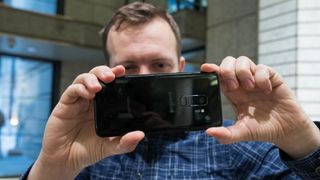
Camera phones for every need and budget – whether you're a pro who needs the very best, or a casual snapper looking for a bargain.
In an age where where the best camera phones can compete with the standalone cameras we once relied on so much, choosing a phone with a top-notch camera is a smart choice
In fact, because almost every mobile manufacturer can now boast powerful processing, super screens and slick usability, it's the cameras on phones that often set them apart. Getting hold of one of the best camera phones on the market takes away the pressure of lugging a DSLR with you, allowing you to produce professional shots, video footage of a ridiculously high standard and even take photos in the dead of night.
So whether your a professional photographer needing to photo ready at any given second, a designer who's decided that one of the best cameras is no longer what you need for your purposes or just a amateur photographer wanting to boost your skills then it makes sense to grab the best camera phone you can afford.
The best camera phones right now
01. Google Pixel 3
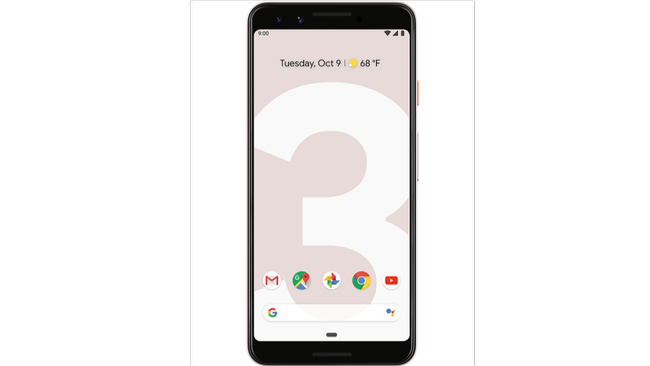
Release date: November 2018 | Rear camera: 12.2MP | Front camera: 8MP | OIS: Yes | Rear camera aperture: f/1.8 | Autofocus type: Phase detection and laser | Weight: 148g | Dimensions: 145.6 x 68.2 x 7.9mm | Storage: 64/128GB
Best. Camera. Yet.Ace OLED screenNot as powerful as someSome don't want Google hardware
When Google relaunched its mobile phones under the Pixel moniker, it was clear that much of their focus (if you'll forgive the pun) was on the quality of the onboard cameras. Quite simply, camera phones don't come any better than the Google Pixel 3. Don't let the solo sensor fool you into thinking you'll be short changed by the main rear camera – the photos it can take are nothing less than jaw dropping. In fact, none of the specs are exactly ground breaking (12.2Mp, f/1.8 aperture), but trust us when we tell you that we've never seen sharper, brighter more detailed images from any other camera phone. We're not saying it makes standalone cameras defunct, but unless you're a professional photographer, you won't need much more than what this smartphone will give you.
Of course, with the phone comes Google's integrated ecosystem. Now that may be a plus or a minus, depending on your perspective. But if you're already enveloped in Gmail, Google Photos and the rest, then it makes sense to go for the Pixel 3 as well.
02. Huawei P30 Pro
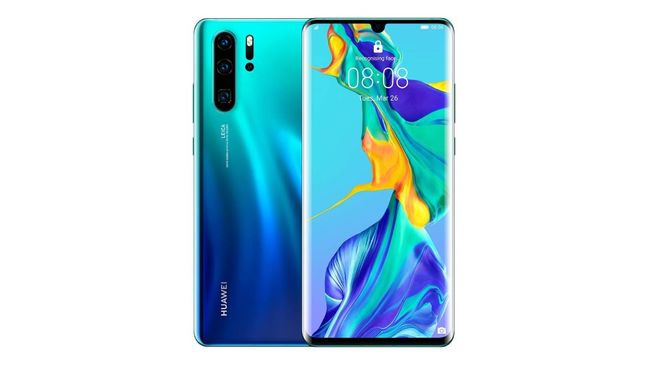
Release date: March 2019 | Rear camera: 40MP + 20MP + 8MP + ToF | Front camera: 32MP | OIS: Yes | Rear camera aperture: f/1.6, f/2.2, f/3.4 | Weight: 192g | Dimensions: 158 x 73.4 x 8.4mm | Battery size: 4,200mAh
Quadruple (!) camera technologyCombined 68MP rear cameraAweome in low lightAvailability issuesWill updates always be available?
The Huawei P30 Pro has taken the ball passed to it by its predecessor and just kept on running - it's proving to be the smartphone that's breaking the Samsung and Apple duopoly on the world phone market. It's one of the best smartphones on the face of the Earth and its main camera is one of the major factors why. The combination of 40MP, 20MP and 8MP shooters combines powerfully with excellent image processing, noise reduction and super zoom features making the P30 Pro's overall photo taking prowess something very special indeed. You could even argue that the 2019 is now a quadruple lens camera, now that it's added an extra ToF (time-of-flight) camera for more depth on portraits.
Of course we have to utter a word of warning here as Huawei has its ongoing issues with the US government and there's a small risk if there's a ban on updates and such. But if that doesn't put you off, you'll have a fantastic bit of hardware to enjoy.
03. Samsung Galaxy S10 Plus
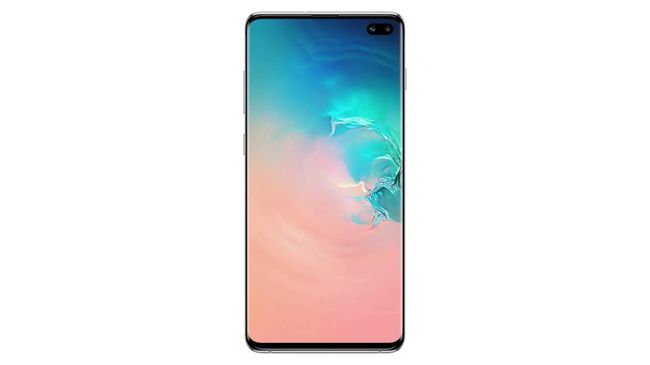
Release date: March 2019 | Rear camera: 12MP + 12MP + 16MP | Front camera: 10MP + 8MP | OIS: Yes | Rear camera aperture: f/1.5, f/2.4, f/2.2 | Weight: 198g | Dimensions: 161.9 x 76.4 x 8.8mm
Great in all lightsHigh standard of designPricey optionMay be too bulky for some
Samsung Galaxy smartphones are now so good that the latest iterations generally struggle to make strides on the last. But that shouldn't stop us crowing about its latest and greatest flagship - the Galaxy S10 Plus, which has raised the bar again for camera phones on release (just not by that much). The dual 12MP cameras on the rear are the obvious place to start. They're no longer unique, but the remarkable f/1.5 aperture is certainly an attractive added bonus, meaning you can take eye-popping shots even in low light. And you can tweak the aperture to the other end of the spectrum in sunnier climes. Samsung has also worked hard reduce noise, too. We love the super slow motion 960fps function for getting creative with videos and the bokeh-enable selfie snapper is impressive as well.
04. iPhone XS
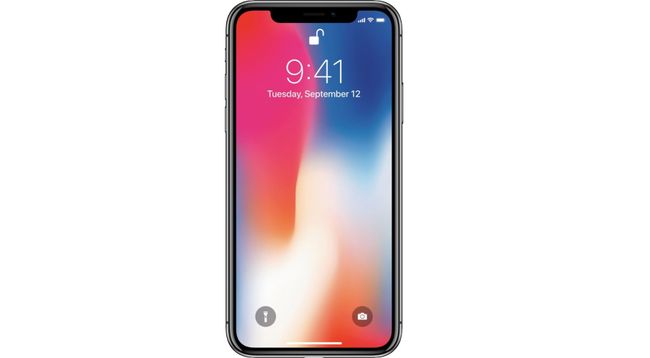
Release date: September 2018 | Rear camera: Dual 12MP | Front camera: 7MP | OIS: Yes | Rear camera aperture: f/1.8 and f/2.4 | Autofocus type: Focus pixels (i.e. Phase detection) | Weight: 177g | Dimensions: 143.6 x 70.9 x 7.7mm | Storage: 64/256/512GB
Builds on brilliance of the XCamera is better againVery expensiveLocks you into Apple ecosystem
Sorry folks. The cruel reality is that if you want the best camera possible on an iPhone, you're going to have to splash the cash on Apple's devilishly expensive iPhone XS. Yep, it shouldn't come as any surprise that the finest of Apple's snappers is hosted by its greatest handset. We're talking about dual 12MP sensors on the rear (one for telephoto and both with astute optical image stabilisation) and a 7MP TrueDepth camera on the front in case dazzling selfies are what you need for your business or leisure pursuits. Low light shots are much better than on other iPhones, and we really admire the generally faster focusing and natural colours. And the addition of Smart HDR means you can take better shots even quicker.
05. iPhone 8
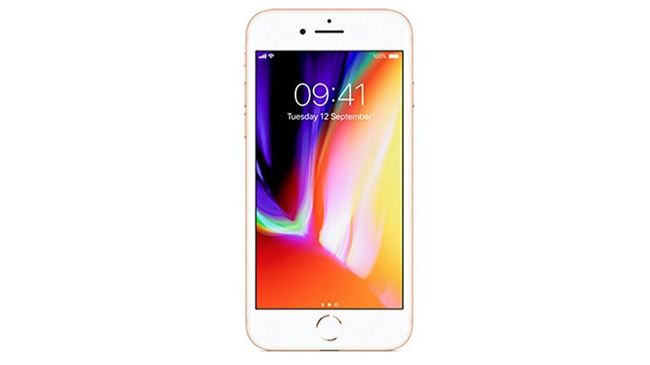
Release date: October 2017 | Rear camera: Dual 12MP | Front camera: 7MP | OIS: Yes | Rear camera aperture: f/1.8 | Autofocus type: Phase detection | Weight: 148g | Dimensions: 138.4 x 67.3 x 7.3mm | Storage: 64/256GB
A cheaper alternative to the XSo easy to useNot the best in low lightNot a million times better than the iPhone 7
Don't fancy parting with all that cash for an iPhone X model? We can't say we blame you. You can shave a significant amount off the cost or monthly bills by going for the iPhone 8 instead. It builds on the brilliance of the iPhone 7's camera – so the 12MP main sensor, f/1.8 aperture, a 5X digital zoom and optical image stabilization are all present here – and then adds some handy features, such as 4K video shooting and 240fps slow motion recording at Full HD. As ever with the iOS camera app, the iPhone 8 is devilishly easy to use as a camera and ensure that you get the best of the images you snap.
06. Google Pixel 2
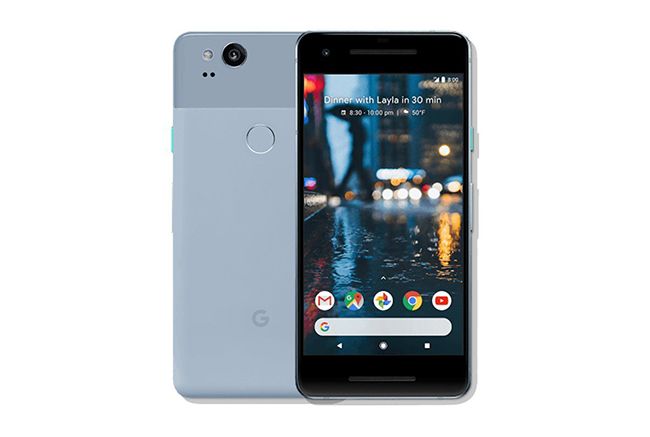
Release date: October 2017 | Rear camera: 12.2MP | Front camera: 8MP | OIS: Yes | Rear camera aperture: f/1.8 | Autofocus type: Phase detection and laser | Weight: 143g | Dimensions: 145.7 x 69.7 x 7.8mm | Storage: 64/128GB
Emphasis on camera qualityFantastic in low lightOld-looking designSome don't want Google hardware
We effused about its successor above, but in many ways the Google Pixel 2 is even more tempting. That's because it offers a similarly great camera but at a much more attractive price. The f/1.8 aperture on that 12.2MP main camera means that you'll get splendid results in normal and low light – much better than we found on some of the Pixel 2's 2017 contemporaries.
07. Samsung Galaxy S8
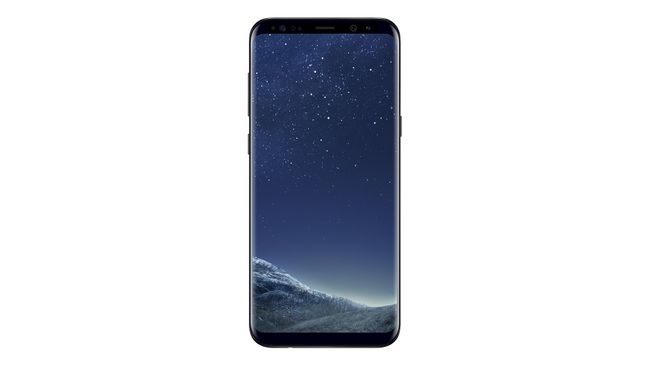
Release date: April 2017 | Rear camera: 12MP | Front camera: 8MP | OIS: Yes | Rear camera aperture: f/1.7 | Autofocus type: Phase detection | Weight: 155g | Dimensions: 148.9 x 68.1 x 8mm | Storage: 64GB
Super-easy selfie modeExcellent all round performanceBiometric features failSlightly dated tech
If you want to improve your Insta-game, then you're probably not after the priciest smartphone on the market. That's why we've picked out the still-great-after-all-this-time Samsung Galaxy S8 as our choice camera phone for selfies. With its dedicated selfie mode, the S8 just makes taking photos with the 8MP front camera ridiculously easy. We found that you don't have to mess around taking multiple shots before this phone gets things right – it's on the ball straight away. The fact that it's a former Samsung flagship phone means you get the rest of the package, too: superb screen, premium design, equally impressive main camera. And as it was released two years ago, you get an affordable price tag.
source : creativebloq
08. Wileyfox Swift 2 Plus
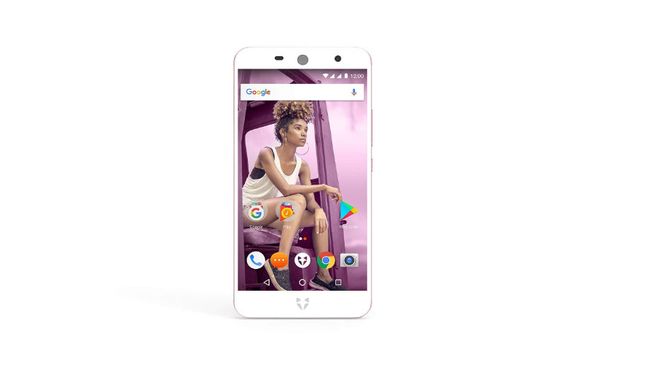
Release date: November 2016 | Rear camera: 16MP | Front camera: 8MP | OIS: No | Rear camera aperture: f/1.9 | Autofocus type: Phase detection | Weight: 155g | Dimensions: 143.7 x 71.9 x 8.6mm | Weight: 155g | Storage: 32GB
Solid camera performanceThe priceLacks in other departmentsBattery life could be better
Wileyfox may not be a manufacturer that you immediately recognise the name of, but its been on our radar for a while thanks to its conveyor belt of robustly made, affordable mobile phones. At the price, the Wileyfox Swift 2 Plus was never going to give you stunning shots in low light and tons of features. But you still get a 16MP camera and a 3L8 sensor shipped in from Samsung. This results in photos that are superior to the usual washed out, flat fare found in the albums of most cheap phones. Instead, the images produced by the Swift 2 Plus have rich colours and fine detail. Even the autofocus holds its own. This is easily the best cheap camera around.
9. Moto G6
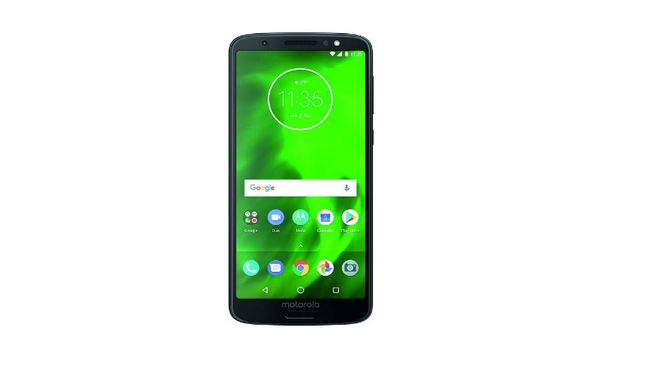
Release date: April 2018 | Rear camera: 12MP | Front camera: 8MP | OIS: No | Rear camera aperture: f/1.8 | Autofocus type: Phase detection | Weight: 167g | Dimensions: 1453.8 x 72.3 x 8.3mm | Storage: 64GB
Best budget smartphone aroundDual rear camerasCan't compete with market leadersNo NFC
Ok, so the main reason why we've included the Moto G6 in this list is because we can't think of a better overall smartphone with a camera that you can currently buy for around the $200/£200-mark. It's an exceptional phone that seems even better when you see the price tag. But a big part of that is the camera. Somehow Motorola has been able to afford a dual camera set-up on the rear, with a 12MP and 5MP tag-team. The result? An auto mode that makes taking beautiful pictures really straightforward, and a genuinely useful portrait mode (if that's of use to you). The 8MP selfie snapper on the front is passable, but wouldn't be adequate for the needs of Kim Kardashian and the like.
10. Honor View 20
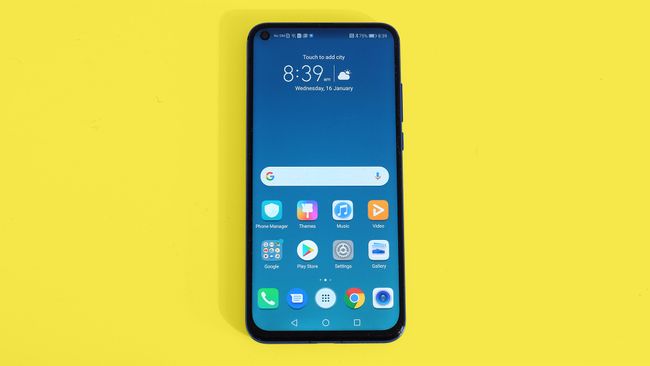
Release date: January 2019 | Rear camera: 48MP + 3D cam | Front camera: 25MP | OIS: No | Rear camera aperture: f/1.8 | Autofocus type: Phase detection | Weight: 180g | Dimensions: 156.9 x 75.4 x 8.1mm | Storage: 256GB
Innovative camera smartsMarket leading designNot water resistantLacks zoomed rear lenses
Honor phones seem to get better and better every year, and its latest - the Honor View 20 - continues that trend. The handset's design leads the way where other manufacturers are bound to follow and the cameras are the features that exemplify that the most.
For starters, get a load of that 48MP (yes, 48MP!) rear camera, making it the world's first mobile to boast such dizzying specs. The result is a camera and technology that's brilliant enough stabilise what it captures for fantastic images in most conditions. Equally unusual is the 25MP punch hole selfie camera which is actually a sensor within the screen rather than a physical lens - so you can wave goodbye to the notch.

0 Response to "The Best Camera Phones | Best Smartphone Camera 2019"
Post a Comment